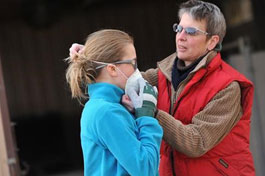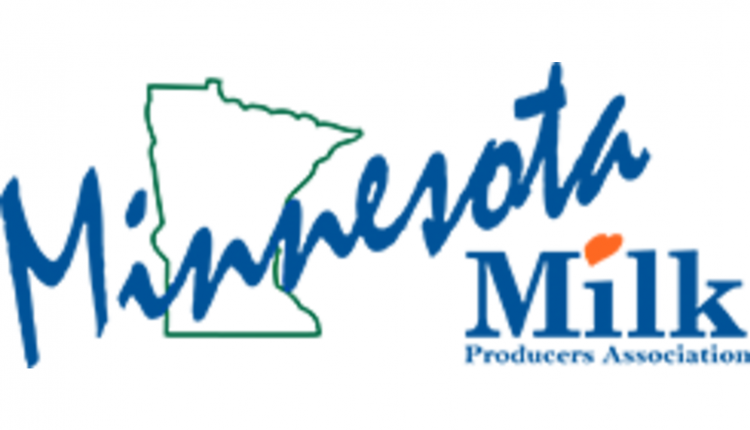
Farms, ranches, and other production agriculture worksites are essential to powering America’s food supply chain. The Centers for Disease Control and Prevention (CDC) and U.S. Department of Labor have introduced joint guidelines and accompanying checklists to help agricultural employers keep workers safe and healthy while continuing to work during the COVID-19 outbreak.
The diverse nature of agriculture in the United States means that older teens and young children can also be found in ag work sites, some of which are family-owned and not subject to labor laws. The National Children’s Center for Rural and Agricultural Health and Safety worked with colleagues at CDC/National Institute for Occupational Safety and Health to ensure that special conditions for children were addressed in the new guidance document.

“Taking children to a work site not only exposes them to the hazards in the environment, but also distracts adults from their tasks, increasing the risk of injury for children and adults,” said Barbara Lee, Ph.D., director of the National Children’s Center, Marshfield Clinic Research Institute.
Child supervision challenges have been further exacerbated by the COVID-19 pandemic, with many child care centers and schools closed, and activities canceled.
“We hear from parents who are juggling farm work, off-farm work, home-schooling and child care,” Lee said. “And yet, children are still depending on adults to keep them safe.”
The CDC recommends these guidelines regarding children:
- Advise farmworkers to continue sending their children to child care while they are working at the farm, if possible. Please see: Guidance for Child Care Programs that Remain Open.
- Establish and enforce policies for farmworkers that restrict children from work sites. If child care programs and K-12 schools are not open, the work site is not an acceptable alternative.
- Even when homes and work sites overlap, continue to restrict children from the work site.
- If youth farmworkers are hired, ensure you are following labor laws and assigning age-appropriate tasks, including as required by child labor regulations at 29 CFR Part 570.
- For hired youth, provide extra supervision and guidance, especially highlighting protection methods to minimize their exposure to COVID-19.
The National Children’s Center has produced a child-specific checklist to help parents and other responsible adults ensure that children are kept safe on the farm.
Click here for full release.


